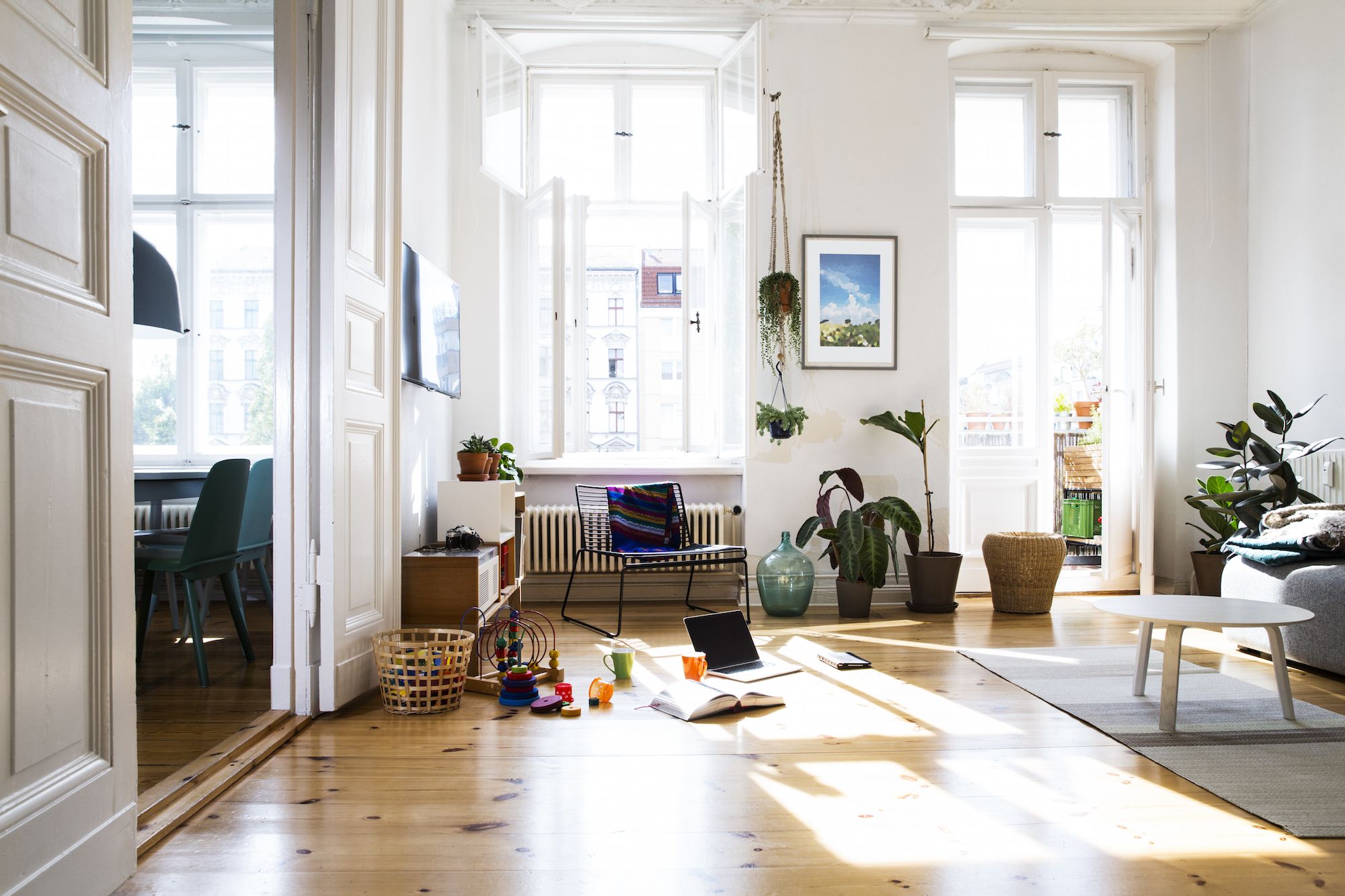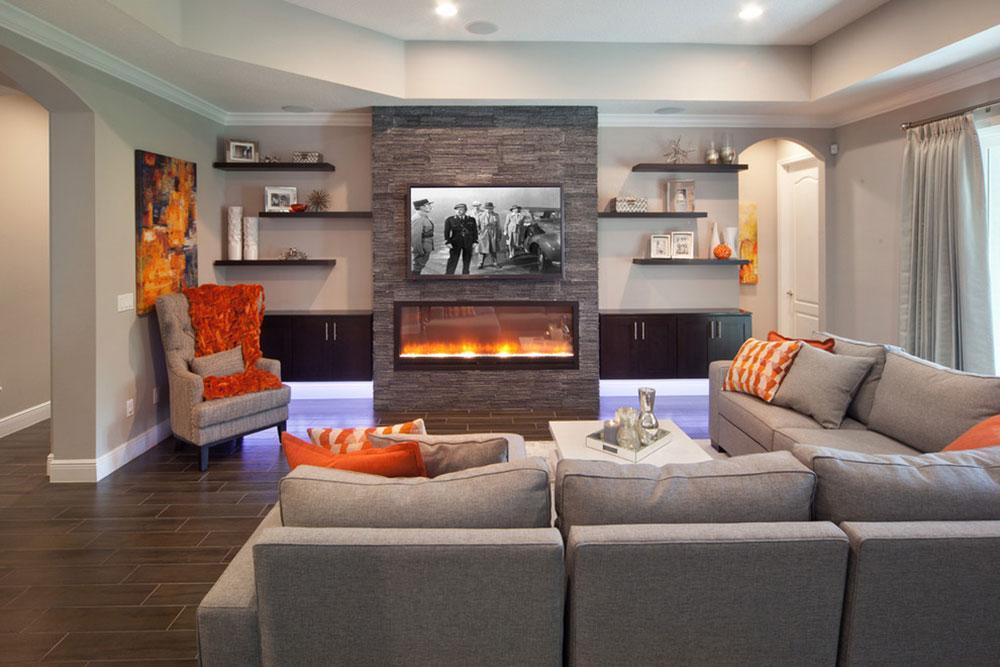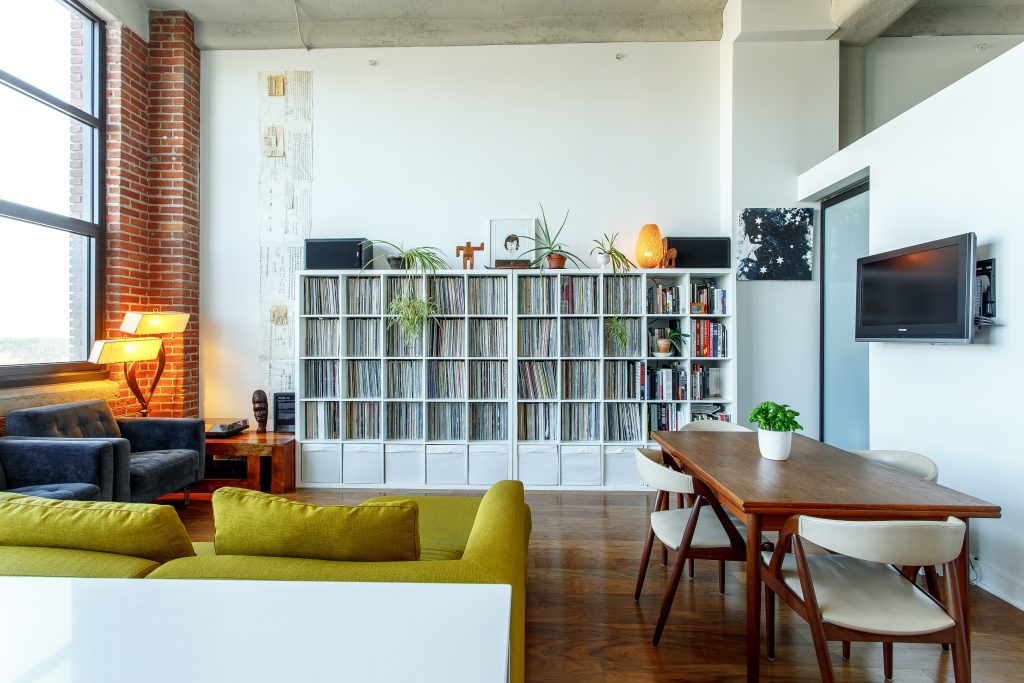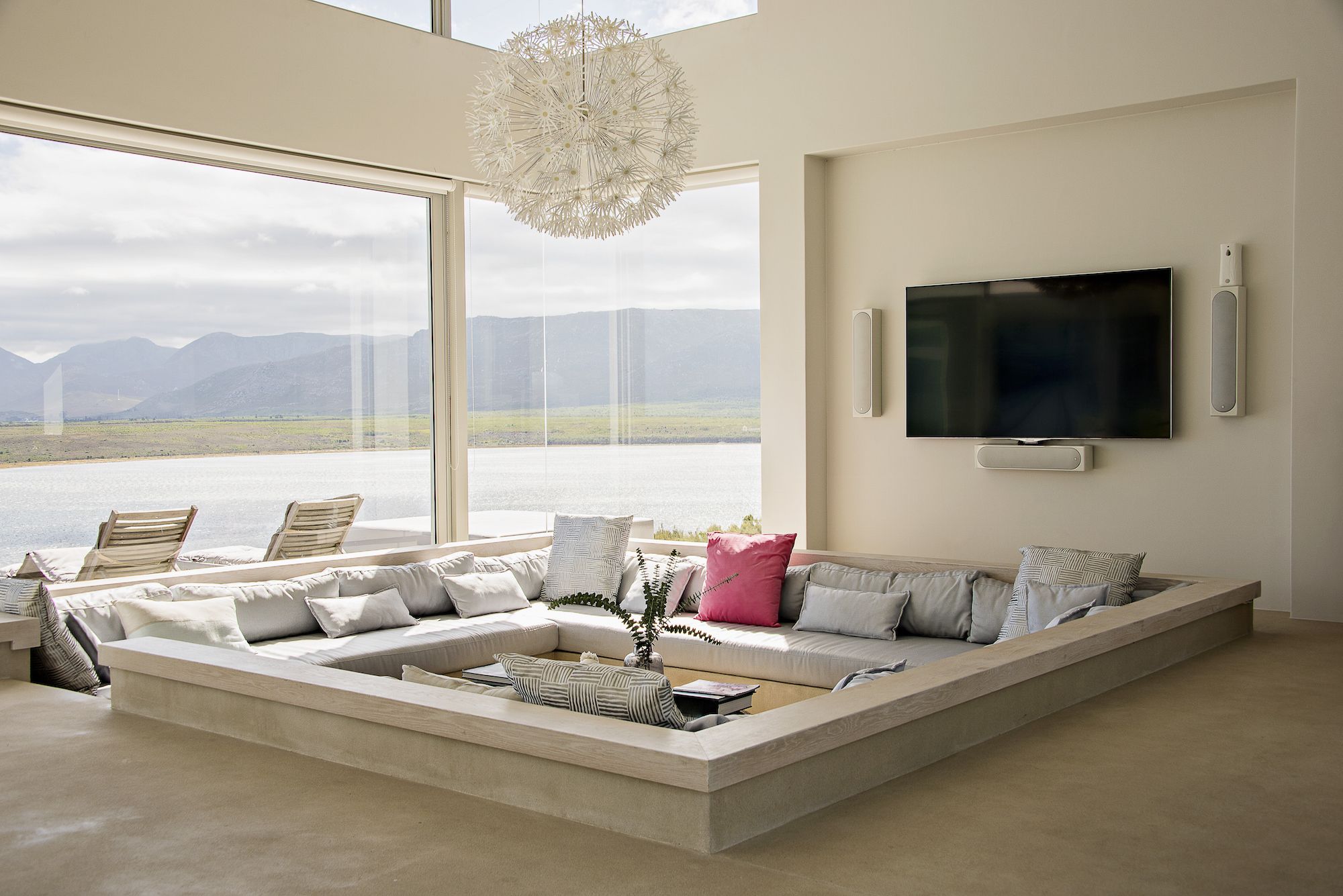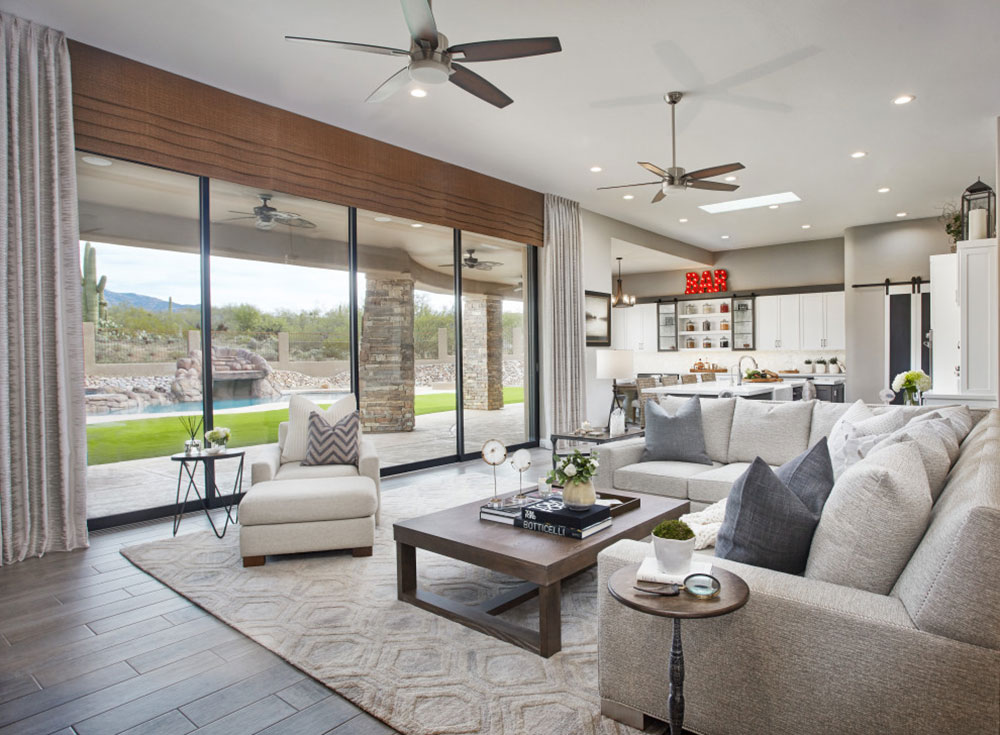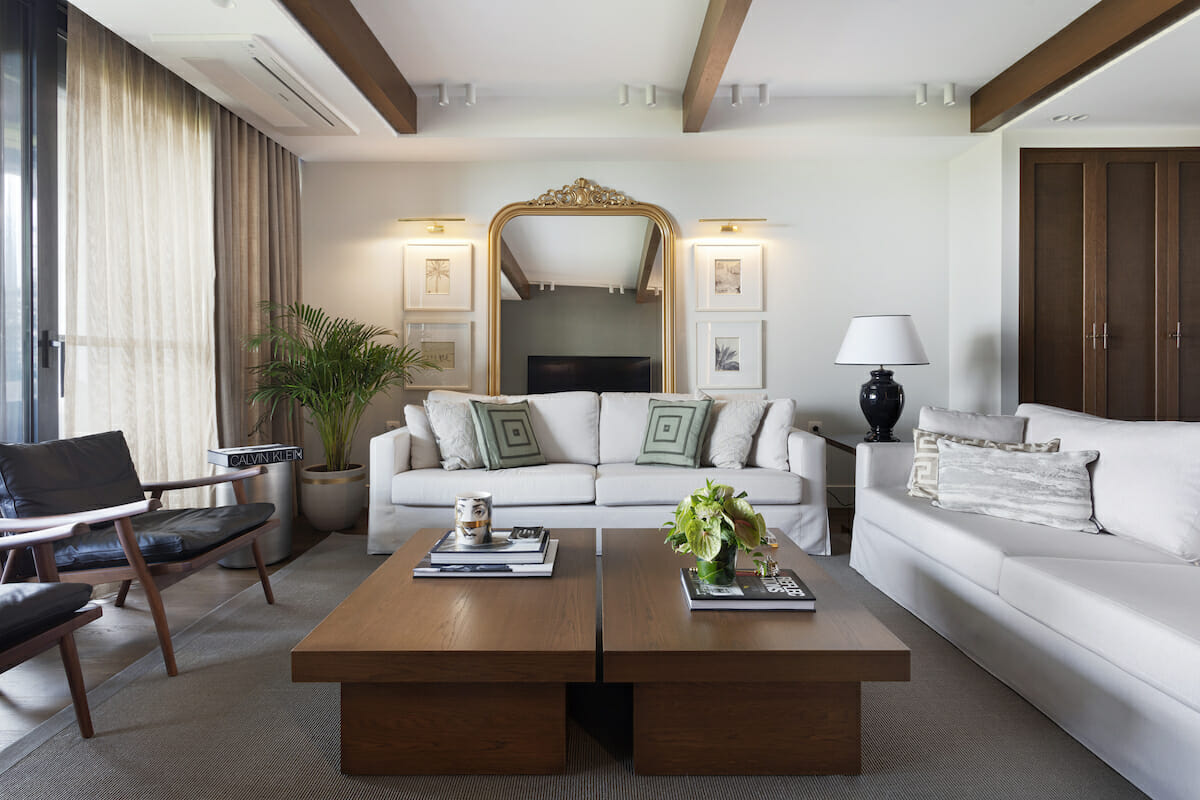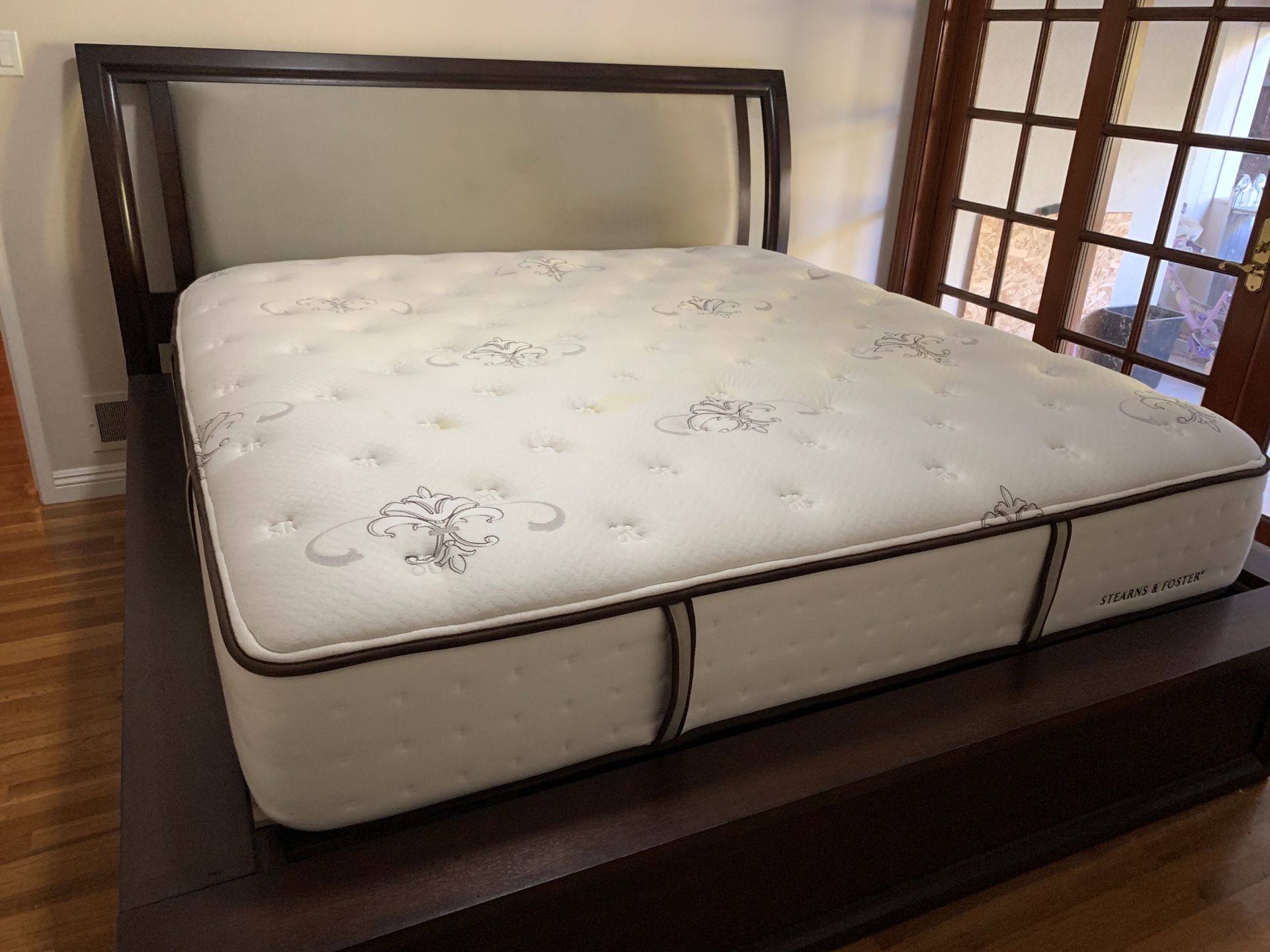When it comes to home design, the living room and sitting room are often used interchangeably. However, there are some key differences between these two spaces that can impact the overall functionality and style of your home. Let's take a closer look at the main differences between a living room and sitting room. The living room is typically considered the main gathering space in a home. It's where families and guests come together to relax, socialize, and entertain. This room usually has a larger footprint and may be connected to other areas of the house, such as the kitchen or dining room. The living room is also often used for watching TV, playing games, or simply lounging. The sitting room, on the other hand, is usually a smaller and more intimate space. It's often located near the front entrance of the house and is used for more formal occasions, such as receiving and entertaining guests. The sitting room may also be used as a quiet space for reading or relaxing, away from the hustle and bustle of the rest of the house.1. Understanding the Purpose of a Living Room and Sitting Room
In terms of layout and furniture, the living room and sitting room can vary significantly. In a living room, you'll typically find a larger sofa or sectional, along with additional seating options such as armchairs and ottomans. Coffee tables, side tables, and media consoles are also common in this space. The sitting room, on the other hand, may have a more formal layout with a focal point like a fireplace or a grand piano. The furniture in this room is usually more tailored and may include traditional pieces like wingback chairs, a sofa, and a coffee table. The overall design of the sitting room is often more elegant and refined compared to the living room.2. Differences in Layout and Furniture
As mentioned earlier, the living room is typically used for a variety of activities, from watching TV to hosting game nights and movie marathons. It's a versatile space that can adapt to different needs and preferences. In contrast, the sitting room is usually used for more formal and specific purposes, such as entertaining guests or having a quiet conversation. This difference in functionality and usage also impacts the design and decor of these two rooms. The living room may have a more casual and relaxed feel, with comfortable furniture and a mix of personal and decorative items. The sitting room, on the other hand, may have a more sophisticated and elegant design, with formal seating arrangements and curated decor.3. Functionality and Usage
One of the main differences between a living room and sitting room is their level of flexibility and adaptability. The living room is usually designed to be a multifunctional space that can easily be transformed to suit different needs and activities. For example, you can rearrange the furniture to create a more open space for hosting a party or push the furniture against the walls for a cozy movie night. The sitting room, on the other hand, is often designed for a specific purpose and may not be as flexible in terms of layout and usage. This can be both a positive and negative aspect, depending on your personal preferences and lifestyle.4. Flexibility and Adaptability
Another key difference between a living room and sitting room is their location within the house. The living room is usually located near the center of the house and may be connected to other areas, such as the kitchen or dining room. This makes it easily accessible and a central hub for socializing and entertaining. The sitting room, on the other hand, is often located near the front entrance of the house. This makes it more accessible to guests and creates a grand first impression. However, this location may also make it less convenient for everyday use, especially if you prefer spending most of your time in the living room or other areas of the house.5. Location and Accessibility
The living room and sitting room also differ in terms of their level of formality and informality. The living room is usually a more casual and relaxed space, where you can put your feet up and unwind after a long day. It's also a space where you can let your personal style shine through with your choice of decor. In contrast, the sitting room is often a more formal and elegant space. It's where you can impress your guests with a stylish and refined design. The decor in this room is usually more curated and may include more traditional and sophisticated elements.6. Formality and Informality
Privacy and socialization are also important factors to consider when looking at the differences between a living room and sitting room. The living room is usually a more social space, where you can gather with friends and family and spend quality time together. However, it may also lack privacy, especially if it's connected to other areas of the house. The sitting room, on the other hand, offers more privacy and is often used for more intimate conversations and gatherings. This can be a positive aspect for those who value their personal space and quiet time.7. Privacy and Socialization
As mentioned earlier, the living room and sitting room can differ significantly in terms of their design and decor. The living room is usually a more personal space, where you can showcase your own style and preferences through your choice of furniture, colors, and decorative items. The sitting room, on the other hand, is often designed with a more cohesive and formal look in mind. This may limit your ability to personalize the space and make it your own, but it also creates a more polished and elegant aesthetic.8. Personalization and Decor
Considering the different purposes and layouts of a living room and sitting room, it's clear that these two spaces serve different functions for a household. The living room is often used for family activities and everyday use, while the sitting room is more geared towards guest use and special occasions. This is an important factor to keep in mind when designing and decorating these spaces. You'll want to create a comfortable and inviting living room that can accommodate the needs and preferences of your family, while also having a more formal and elegant sitting room for hosting guests.9. Family Use vs Guest Use
While there are clear differences between a living room and sitting room, it's also possible to strike a balance between the two. With careful planning and design choices, you can create a space that serves both as a comfortable and functional living room and a more formal and elegant sitting room. Consider incorporating elements from both spaces, such as a comfortable sofa and a formal seating arrangement, to create a versatile and inviting space that can adapt to different needs and occasions. At the end of the day, it's important to design a space that works for your lifestyle and preferences, whether it's a living room, sitting room, or a combination of the two.10. Finding a Balance Between the Two
The Difference Between a Living Room and a Sitting Room in House Design

Understanding the Purpose
 When it comes to house design, there are many different terms used to describe the various rooms and spaces within a home. Two of the most commonly confused spaces are the living room and the sitting room. While these terms are often used interchangeably, they actually have distinct differences in purpose and design.
Living Room:
The living room is typically the main gathering space in a home. It is where the family comes together to relax and spend time together. This room is usually located near the front entrance of the house and is designed to be comfortable and inviting. It is often larger in size compared to other rooms in the house and may include a variety of seating options, such as sofas, armchairs, and a coffee table.
Sitting Room:
The sitting room, on the other hand, is a more formal space within the house. It is often located near the back of the house and is designed for more intimate gatherings or entertaining guests. This room typically includes more elegant and sophisticated furnishings, such as chaise lounges, wingback chairs, and a fireplace.
When it comes to house design, there are many different terms used to describe the various rooms and spaces within a home. Two of the most commonly confused spaces are the living room and the sitting room. While these terms are often used interchangeably, they actually have distinct differences in purpose and design.
Living Room:
The living room is typically the main gathering space in a home. It is where the family comes together to relax and spend time together. This room is usually located near the front entrance of the house and is designed to be comfortable and inviting. It is often larger in size compared to other rooms in the house and may include a variety of seating options, such as sofas, armchairs, and a coffee table.
Sitting Room:
The sitting room, on the other hand, is a more formal space within the house. It is often located near the back of the house and is designed for more intimate gatherings or entertaining guests. This room typically includes more elegant and sophisticated furnishings, such as chaise lounges, wingback chairs, and a fireplace.
Design and Decor
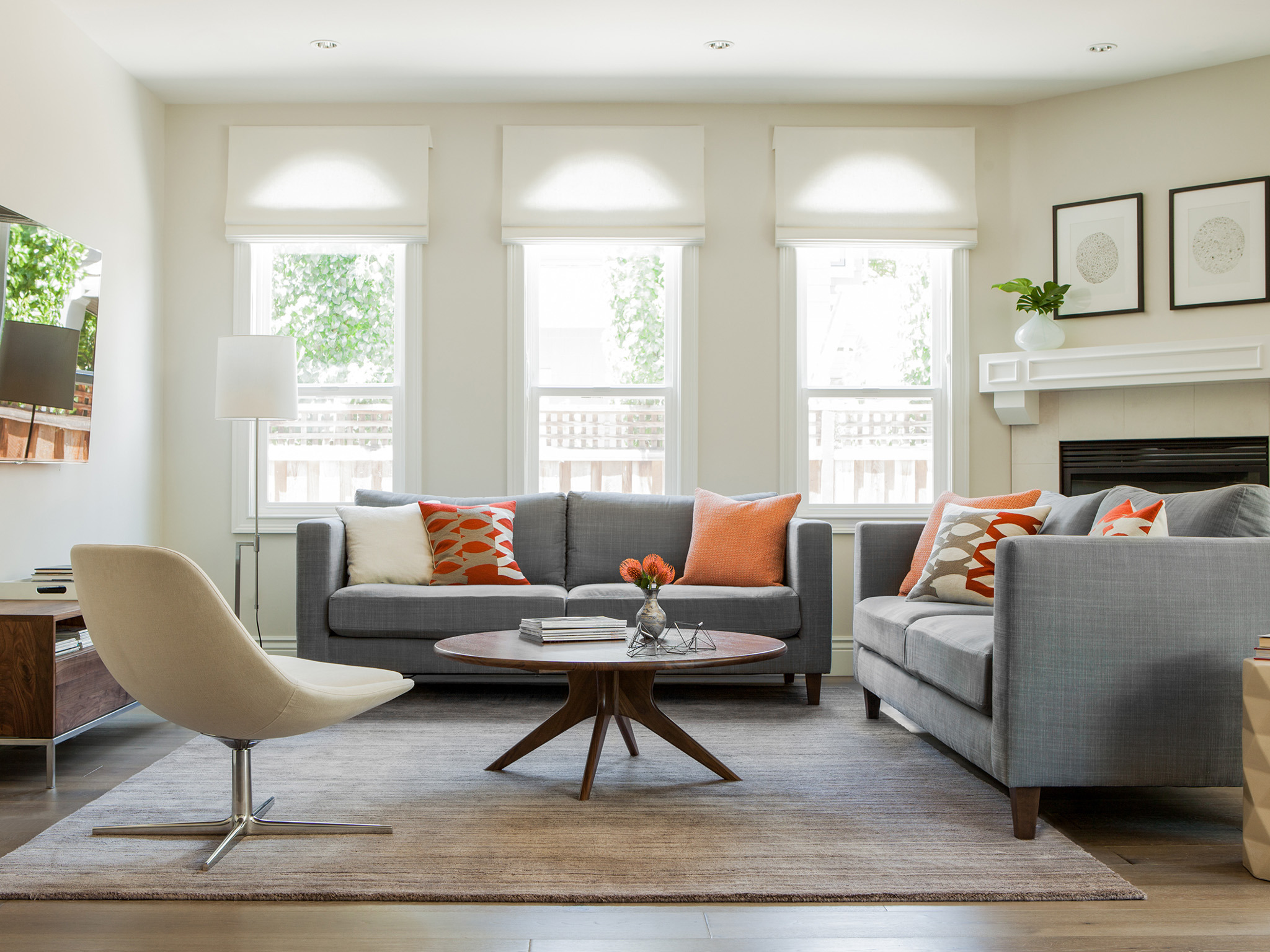 One of the main differences between a living room and a sitting room is the design and decor. The living room is meant to be a comfortable and casual space, so the design is often more relaxed and cozy. This can include softer colors, plush furniture, and personal touches such as family photos or artwork. In contrast, the sitting room is designed to be more formal and elegant. The decor may include more luxurious materials, such as silk or velvet, and a more neutral color palette. This room may also have more ornate details and decorative accents, such as intricate rugs or drapes.
One of the main differences between a living room and a sitting room is the design and decor. The living room is meant to be a comfortable and casual space, so the design is often more relaxed and cozy. This can include softer colors, plush furniture, and personal touches such as family photos or artwork. In contrast, the sitting room is designed to be more formal and elegant. The decor may include more luxurious materials, such as silk or velvet, and a more neutral color palette. This room may also have more ornate details and decorative accents, such as intricate rugs or drapes.
Functionality
 Another important difference between a living room and a sitting room is the functionality of the space. The living room is typically used for everyday activities such as watching TV, reading, or spending time with family and friends. As a result, the furniture and layout are designed to accommodate these activities. The sitting room, on the other hand, is not as heavily used and may serve a more specific purpose, such as a quiet reading or conversation area. This can also affect the furniture and layout choices, as the focus is on creating a more formal and elegant atmosphere.
Another important difference between a living room and a sitting room is the functionality of the space. The living room is typically used for everyday activities such as watching TV, reading, or spending time with family and friends. As a result, the furniture and layout are designed to accommodate these activities. The sitting room, on the other hand, is not as heavily used and may serve a more specific purpose, such as a quiet reading or conversation area. This can also affect the furniture and layout choices, as the focus is on creating a more formal and elegant atmosphere.
Conclusion
 In summary, while the terms living room and sitting room are often used interchangeably, they have distinct differences in purpose, design, and functionality. Understanding these differences can help you make informed decisions when designing these spaces in your own home. Whether you prefer a cozy and casual living room or a more formal and elegant sitting room, both spaces can be designed to reflect your personal style and serve their intended purposes.
In summary, while the terms living room and sitting room are often used interchangeably, they have distinct differences in purpose, design, and functionality. Understanding these differences can help you make informed decisions when designing these spaces in your own home. Whether you prefer a cozy and casual living room or a more formal and elegant sitting room, both spaces can be designed to reflect your personal style and serve their intended purposes.




